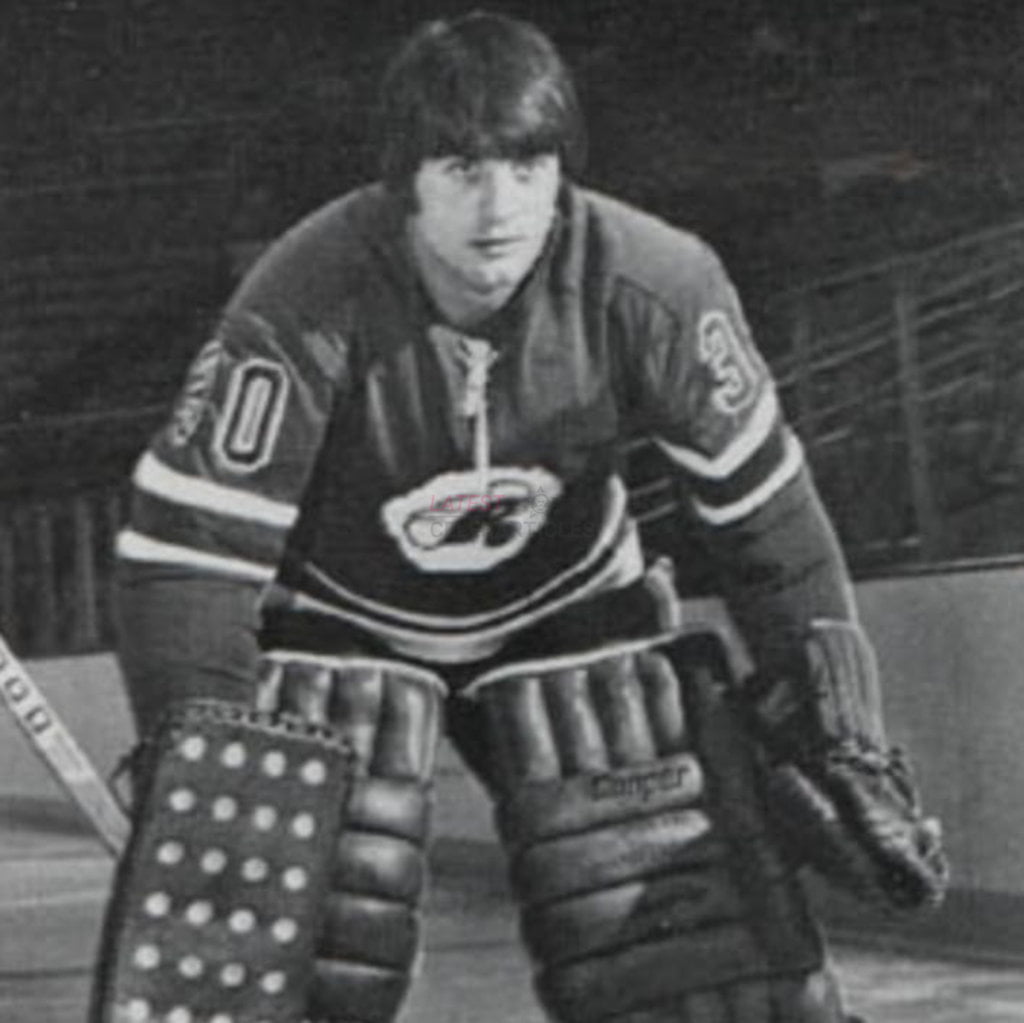Biography
Curt Ridley Age, Nationality, Ethnicity, Wife, Children, Career, Height, Weight
Published

urt Ridley, renowned for his time as a goaltender in the NHL for the New York Rangers, Vancouver Canucks, and Toronto Maple Leafs from 1974 to 1981, has passed away at 70 years of age.
The news of Ridley’s demise was conveyed through social media by his wife, Lee Ann Ondich Ridley, and son, Erick Ridley. In an official statement, Lee Ann expressed, “With deep sadness, Erick and I share the news of Curt Ridley’s departure from this world last night. We are in mourning for the loss of a beloved husband, father, and friend.” She further mentioned that he “fought a courageous battle” before finding peace in his passing.
Although Ridley’s demise has prompted an outpouring of condolences online, the precise cause of his death has not been publicly disclosed. Lee Ann’s statement suggests that he had been contending with an illness prior to his passing.
Ridley’s passing occurs a little over two years following the October 2019 loss of Lee Ann’s father, Donald J. Ondich. This loss is particularly heart-wrenching for the surviving members of his family, including his grieving wife and son.
Curt Ridley was born on September 24, 1951, in Minnedosa, Manitoba, and raised in nearby Portage la Prairie. As a youth, Ridley became enveloped in hockey, taking to the ice to play goalie for local teams.

Ridley attended high school in Portage la Prairie before studying at Richland Community College. He started out playing junior hockey with the Portage Terriers in the late 1960s. His talent in the net was noticed by scouts.
Ridley was married to Lee Ann Ondich Ridley and they had one son together named Erick. After retiring from his hockey career, Ridley lived with his wife in the Dallas, Texas area where they were regular attendees of Dallas Stars games.
Even well after his playing days ended, Ridley maintained a lively presence discussing hockey online. He had nearly 1,500 Facebook friends and often posted reminiscing about his NHL career as well as commentary on contemporary hockey. After the news broke of Ridley’s passing, many of those online friends shared memories and offered condolences.
Growing up in rural Manitoba, Curt Ridley started out playing defense but eventually transitioned to goalie as a teen. He honed his skills with the Portage Terriers junior club before getting called up briefly to the major junior ranks in 1971.
Ridley’s talents caught the attention of pro scouts. In 1971, the Boston Bruins selected him in the NHL draft – remarkably as the first player ever drafted directly from Tier II Junior A hockey.
Though drafted by Boston, Ridley never actually played for the Bruins. His NHL career spanned from 1974-1981 with stints on the New York Rangers, Vancouver Canucks, and Toronto Maple Leafs. He got into 104 total NHL games but was often relegated to a backup role.
While he didn’t see extensive ice time in the big leagues, Ridley spoke fondly later in life of realizing his dream of playing in the NHL. He particularly recalled his first training camp with Boston legends like Gerry Cheevers.
Though not a star player, Ridley gained renown for the uniquely designed goalie masks he wore, especially the painted Canucks mask featuring the team’s recognizable stick-in-rink logo. His personalized masks were a signature.
While he had a journeyman NHL career, Curt Ridley left his mark with the uniquely designed masks he wore in the net. His colorful, custom-painted headgear stood out more than his play on the ice.
Ridley’s most famous mask was crafted during his time with the Vancouver Canucks. Painter Greg Harrison created a blue mask accented in green with the team’s stick-in-rink logo prominently featured in a clover shape. This distinctive look endeared Ridley to Canucks fans.
After being traded to Toronto, Ridley unveiled a new blue and white Maple Leaf’s mask. It included Toronto imagery like four maple leafs and the CN Tower. Each of his masks reflected the current team’s colors and symbols.
Early in his career, Ridley wore more plain masks in the minors. One nearly resulted in tragedy when a puck sliced part of his ear off, requiring emergency surgery. His pro masks provided better protection and expression.
While Ridley had a very average NHL career, his colorful masks left a lasting impression. In the end, the creatively painted headgear – not his play in the net – defined Ridley’s identity and legacy.
I'm Youngz, The Mastermind Behind TopCityVibes, A Proficient And Innovative Professional In Web Design And Graphics. With A Relentless Commitment To Delivering Non-stop Updates, Ensures You Stay Informed And Engaged. Don't Miss The Chance To Connect With Creative Force Via The Handle Below.
